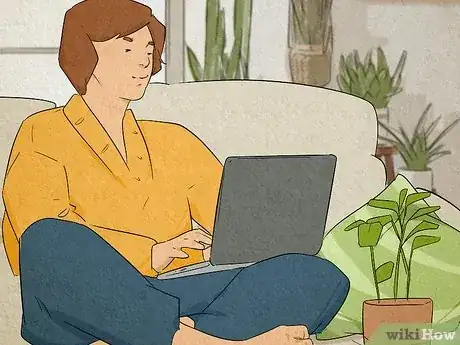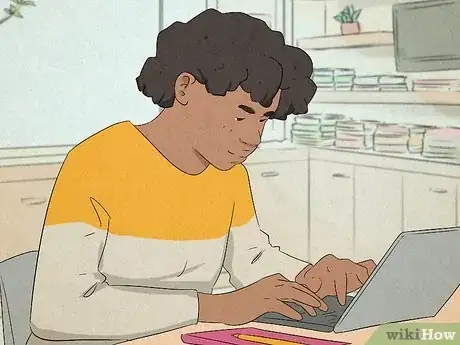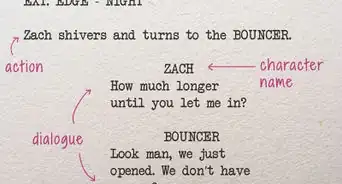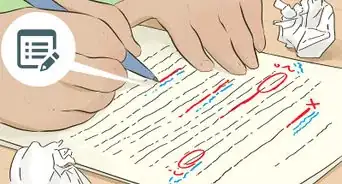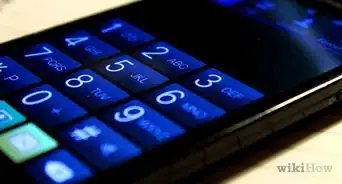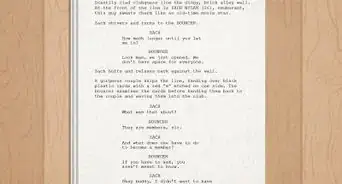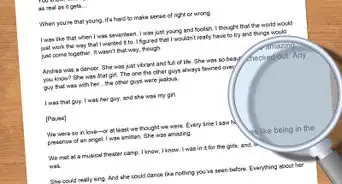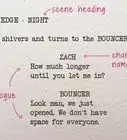This article was co-authored by wikiHow staff writer, Finn Kobler. Finn Kobler graduated from USC in 2022 with a BFA in Writing for Screen/Television. He is a two-time California State Champion and record holder in Original Prose/Poetry, a 2018 finalist for the Los Angeles Youth Poet Laureate, and he's written micro-budget films that have been screened in over 150 theaters nationwide. Growing up, Finn spent every summer helping his family's nonprofit arts program, Showdown Stage Company, empower people through accessible media. He hopes to continue that mission with his writing at wikiHow.
There are 11 references cited in this article, which can be found at the bottom of the page.
Learn more...
Trying to make a moment in your screenplay pop? Use a pre-lap! The pre-lap is a stylish and powerful scriptwriting technique that's been effectively utilized in all sorts of beloved movies and TV shows—from Lost to Indiana Jones to The Matrix. In this article, we’ll give you a comprehensive breakdown on pre-laps: what they are, when to use them, and how they can enhance your film, teleplay, or short. So, without further ado…FADE IN:
Things You Should Know
- A pre-lap is a filmmaking technique where the audience hears the sounds of an upcoming scene before a previous scene is over.
- If your pre-lap sound is dialogue, write (PRE-LAP) in a parenthetical next to the character who will be speaking.
- If your parenthetical is music or sound effects, write "PRE-LAP: [SOUND]" in the scene description. Capitalize both so it catches the reader’s eye.
- Use pre-laps in your scripts for dramatic irony, unique punchlines, and distinct character introductions.
Steps
References
- ↑ https://freshmenscreenplay.com/transitions-in-scriptwriting-the-ultimate-guide/
- ↑ https://youtu.be/_2uZ7IabVOM?t=167
- ↑ https://freshmenscreenplay.com/how-to-write-sound-effects-in-a-screenplay/
- ↑ https://freshmenscreenplay.com/a-complete-guide-to-music-in-screenplays-not-musicals/
- ↑ https://www.nfi.edu/dramatic-irony/
- ↑ https://johnaugust.com/2011/archers-semi-pre-laps
- ↑ https://youtu.be/GR24PPBYxno?t=198
- ↑ https://youtu.be/GR24PPBYxno?t=227
- ↑ https://youtu.be/GR24PPBYxno?t=104


